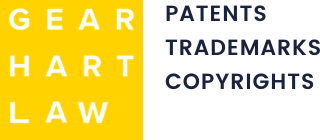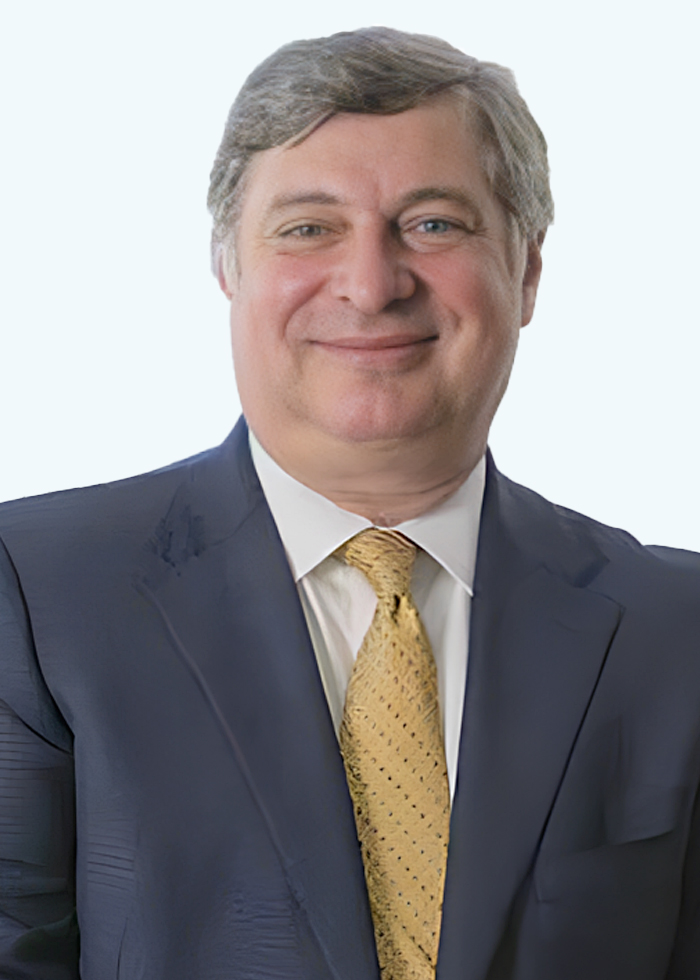Improvements to existing products can be patented, as long as they are new, useful, and non-obvious. In fact, many of today’s most successful inventions didn’t start from scratch. They’re upgrades, tweaks, or creative modifications to something that already existed. If you’ve found a better way to do something—whether it’s making a device more efficient, adding a useful feature, or solving a long-standing flaw—you might be able to claim it as your own under U.S. patent law.
At Gearhart Law, we often work with inventors who ask, “Is this too simple to patent?” Sometimes, those seemingly small improvements are what make all the difference.
Can You Patent a Product That Already Exists?
You can’t patent something that’s already been invented, but you can patent an improvement to it. In fact, many patents granted today are for upgrades or new uses of known products. Patent law allows for the protection of inventions that modify, enhance, or improve upon existing solutions, as long as the improvement meets the right standards.
Here are a few examples of patentable improvements:
- A new attachment for a vacuum cleaner that makes it easier to clean stairs
- A software update that significantly reduces load time
- A medical device that delivers a drug more efficiently than older versions
These aren’t new products entirely, but they do offer something that didn’t exist before.
What Counts as an “Improvement”?
An improvement can take many forms. It doesn’t have to be flashy or revolutionary. The key is whether it adds value in some way.
Some common types of improvements include:
- Structural changes that make a product stronger or lighter
- Functional upgrades that enhance speed, energy efficiency, or durability
- Design refinements that improve usability or appearance
- New combinations of known features that work together in a better way
Let’s say you invent a more ergonomic handle for a garden tool. That might seem like a minor change, but if it helps reduce strain or injury, it could be enough to qualify.
The Non-Obviousness Requirement: The Real Test
Even if your improvement is new and useful, it must also be non-obvious. This means it can’t be something that someone in the field would have expected or figured out easily.
The U.S. Patent and Trademark Office (USPTO) looks at whether:
- Your idea is a predictable variation of an existing product
- The improvement combines known elements in a way that’s unexpected
- The problem you’re solving wasn’t addressed in prior inventions
For example, simply changing the color or size of a device usually won’t meet the non-obviousness standard. But if you change the internal mechanism to make it run faster with fewer parts, that might.
This is where patent applications can get tricky. A well-written application needs to show how your improvement stands out, not just in function but also in how it would be perceived by others in your field. We can help you frame your idea in a way that highlights what makes it unique.
Filing a Patent for a Product Improvement
If your improvement meets the requirements, the next step is filing for protection. Here’s how the process typically works:
- Patent search: We research existing patents and publications to check if similar improvements already exist.
- Application drafting: We write clear, focused patent claims that highlight the unique aspects of your improvement.
- USPTO submission: Depending on your goals and timeline, we can start with a provisional patent or file a non-provisional application.
In either case, it’s important to act quickly. If you share your idea publicly or start selling the product before filing, you could lose the chance to protect it.
Why Work With a Patent Attorney on Improvements?
Not every upgrade will be eligible for a patent, but some that seem simple at first glance may qualify. The line between obvious and non-obvious can be subtle, and it’s easy to overlook the value of your own work.
Here’s how we can help:
- Evaluate whether your idea meets the requirements
- Identify which features are most likely to be patentable
- Avoid pitfalls that could delay or weaken your application
- Guide you through the entire filing process
At Gearhart Law, we’ve worked with inventors at every stage of the process. Whether you’re refining a prototype or ready to file, we’ll help you protect what you’ve built.
Let’s Talk About Your Idea
If you’ve improved an existing product, don’t assume it’s already been done. Many great inventions start with a small, smart change. If it solves a real problem or adds value in a new way, it may be worth protecting.
Contact Gearhart Law today to schedule a consultation. We’ll take the time to understand your idea and explain your options clearly. Let’s find out if your improvement qualifies for patent protection.

